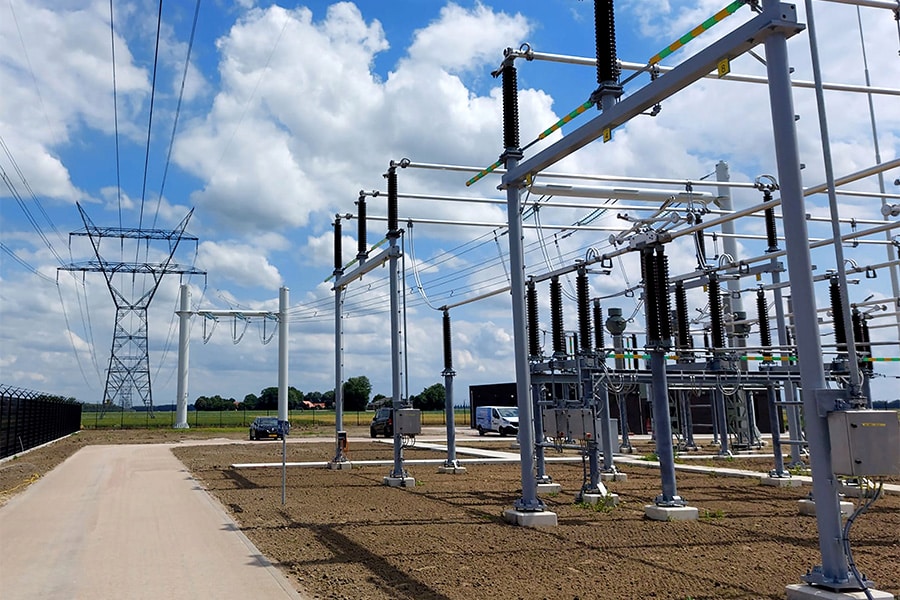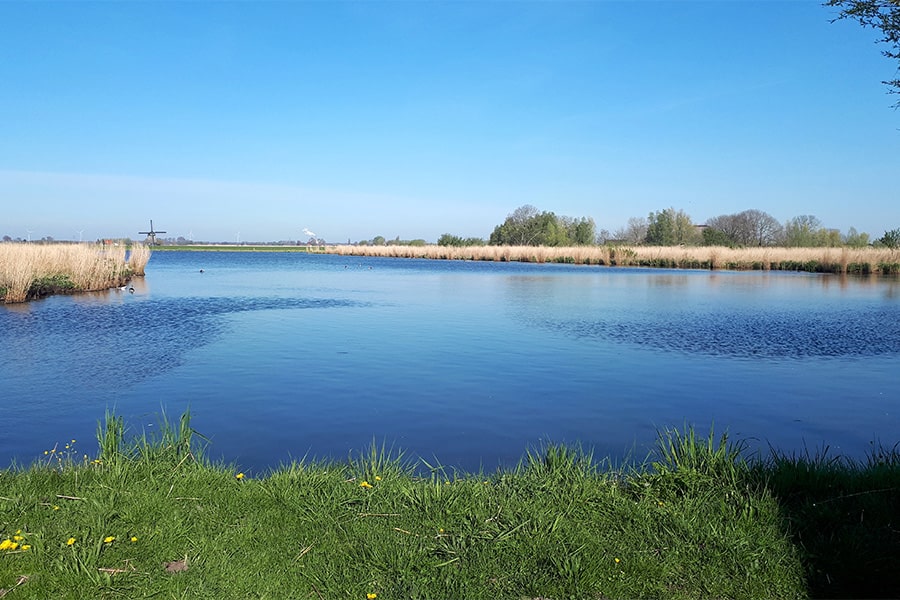
Steel auxiliary structures essential for sinking bascule basement
Last August, the first bascule basement of the new Ouderkerk Bridge was moved from its construction site on the bank to its final position in the Amstel River. To manage that transport, Marsé Montage produced and assembled all the steel auxiliary structures. A nice challenge for the specialist in auxiliary structures, strut frames and anchoring structures for construction pits and earth retaining walls, among other things.
"We are a regular partner for major clients and in that capacity also involved by Bouwcombinatie bridge Ouderkerk in the construction of the new bridge," says Job Hester, general manager of Marsé Montage. "That is, we burned off the drilled piles and welded to them the temporary support structure for Ct deBoer's slideways. Furthermore, we were able to provide the approach protection, as well as some final steelwork, such as the overlay brackets for the technical room."

Mounting from the water
Marsé Montage completely prefabricated all auxiliary structures in its workshop in Castricum and assembled them on site. "We did everything possible to create as flat a base as possible for Ct deBoer's sliding runways so that the bascule cellar, weighing 280 tons, could be moved smoothly," says assembly supervisor Robèr Zoontjes. Another focal point was the assembly of the brackets to accompany the bascule cellar. "These were special steel brackets fitted with a wooden block to allow the bascule cellar to sink to the centimeter. This construction was in turn shielded by a temporary breakwater in the canal, consisting of floating steel tubes more than 20 meters long. All this work was carried out mainly from pontoons, partly even under water and taking into account pleasure boats. At times it was quite busy with 'spectators', but that in turn makes it fun and varied."
Construction of the second bridge will begin after the summer. "In principle, the auxiliary structures are not one-to-one reusable and new auxiliary structures will have to be produced," says Hester. "We are well entrusted with such a project. We have a lot of experience with this type of project and are extensively certified as a company. For example, we are certified for Safety Ladder step 2, Execution class 3 according to NEN 1090 and we have VCA certification. This means that we are regularly deployed by Van Hattum & Blankevoort. For example, we supplied the auxiliary structures for the Mandela Bridge in Utrecht and were closely involved in the construction of Zeesluis IJmuiden and the new Peak Storage project in Abbenes."



